Hippeastrum how to care, how to provoke flowering, plant propagation
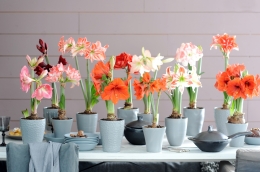
Most often, hippeastrum is found in the Amazon basin; it is these warm, humid areas that are considered the birthplace of the plant.
The attractiveness of Hippeastrum and its unusual flowering have long made it a favorite of gardeners; this amazing plant is often used to decorate the interior.
If you decide to get such a flower, you should find out in advance what kind of flower hippeastrum is, how to care for it correctly, and how to propagate it. With this plant, not everything is so simple; in order to admire the amazing flowering, you will need to follow many rules of care.
Content:
- Hippeastrum, description, what are the differences from amaryllis
- How to care for hippeastrum
- Reproduction and transplantation
- Why does hippeastrum not bloom, for what reasons?
- Care after flowering and during the dormant period
- Diseases and pests
Hippeastrum: description of the plant, what is the difference from amaryllis
Hippeastrum is an exotic and ornamental plant.
75 species of this family have been bred. The characteristics are as follows:
- The flowers are large, funnel-shaped, slightly pointed or rounded at the end. If the plant is healthy, the organs reach a diameter of up to 20 centimeters (they look a little like stars). The petals are wide.
- Pleased with the variety of shades. Flowers come in cherry, pink, yellow, white and red, with a simple or double coating. In this culture there are two-color species.
- The foliage is long and exotic.
The main difference between the plant and other species of the same family is the development of leaves simultaneously with flowering. In other species, the growing season begins after flowering ends.
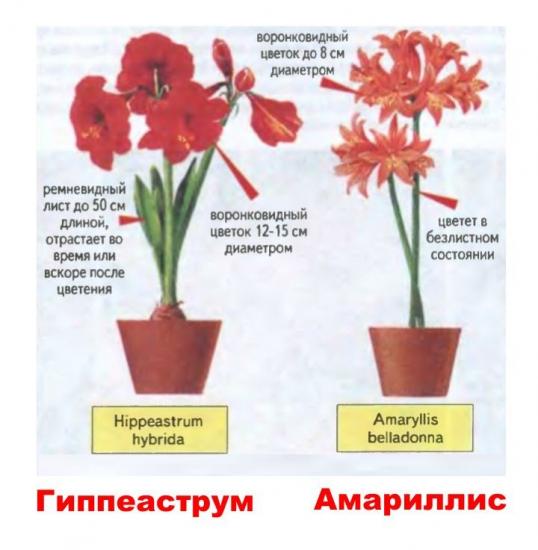
Some people confuse hippeastrum with amaryllis. They are actually very similar in appearance, and have the same principle of agricultural technology.
However, they have many differences, here are some of them.
| Flowers | In hippeastrum they grow in a cluster, in large inflorescences, inside they are empty and loose, while in amaryllis the flowers are coarse and very dense, from six to twelve bloom on one stem |
| Flower size | In the first species, the flower size ranges from fifteen to twenty centimeters, in the second species - no more than eight centimeters |
| Blooming season | Hippeastrum blooms in winter and spring, amaryllis only in autumn |
| Aroma | The first crop has no smell at all; amaryllis smells delicate and delicate. Bulbs. Hippeastrum has a round bulb covered with white scales. The bulb of the second crop is pear-shaped, gray scales |
| Leaflets | Amaryllis leaves are much narrower and shorter |
To make sure you don’t make a mistake when buying a plant, you should consult with a specialist or seller.
How to care for Hippeastrum
Care includes the following steps.
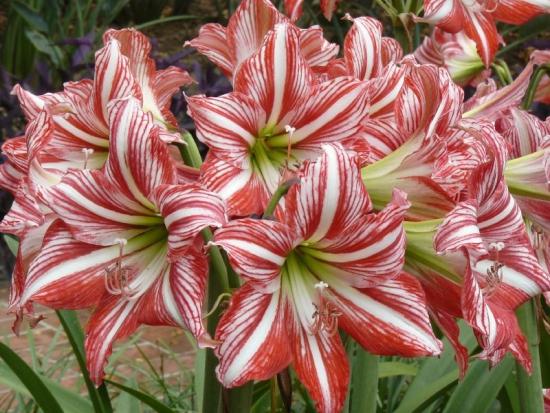
Initially, you should select the right pot for planting the bulb. You should not use an old pot; be sure to buy a new one, at least nine centimeters high. A small layer of drainage is laid on the bottom, which includes: river sand, turf soil and peat (all components are taken in equal proportions).
The flower does not require strong lighting. If you put it in the sun, the leaves and stem will get burned.It is best for the tulle to protect the plant from sunlight.
Watering is moderate. It is important that the water does not touch the bulb, so it is better to let the soil dry out a little rather than be overly wet. During dormancy, the flower is not watered at all.
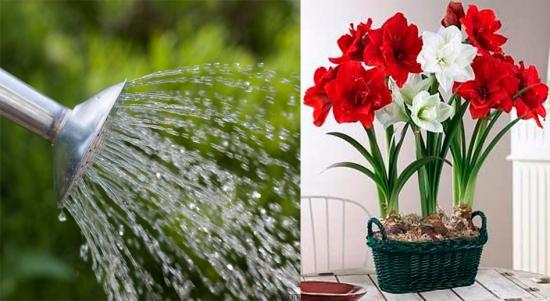
Feeding. Fertilizers are especially important to use during the growing season. Feeding is carried out every 7 days for three months. In this case, organic substances alternate with minerals. You cannot increase the concentration of fertilizer yourself; this will damage the root system. Stop fertilizing hippeastrum 14 days before the start of the dormant period.
The leaves should be regularly cleaned of dust. To do this, wash the plant in the shower with warm water, and then wipe the leaves with a soft sponge.
Rest period. It starts in September and lasts until the end of January (the minimum period of rest is ten weeks). The temperature should not exceed fourteen degrees, but not lower than twelve. Air humidity is minimal. Watering is cancelled.
This crop does not need pruning.
With proper care, hippeastrum will delight its owner every year with beautiful flowers of a different palette.
Watch a video about the features of caring for hippeastrum:
Plant propagation and transplantation
The need for transplantation arises only in the 3-4th year, before emerging from dormancy.
The soil must have a special composition:
- leaf soil;
- coarse sand or perlite;
- turf;
- humus;
- drainage layer.
To minimize trauma to the flower, transplantation is performed using the transshipment method. By gently tapping the edges of the old pot, the plant will fall out along with a lump of earth and roots. Diseased roots are removed.
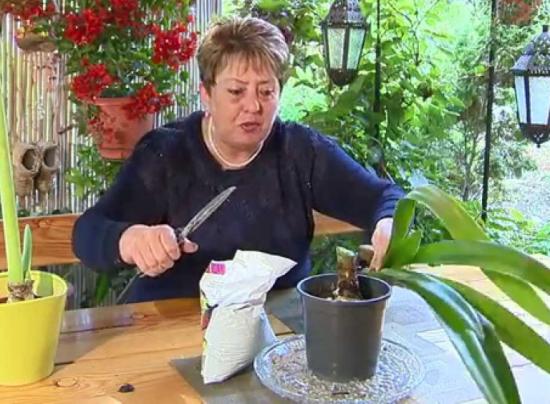
The plant is installed together with a lump of old soil in a new pot with soil and fertilizing.After a few hours, the soil is watered.
Reproduction is carried out in three ways:
- seeds
- kids
- dividing the bulb.
Seeds. This option is used only by breeders. Beginners should not use this propagation method.
For maximum germination, freshly harvested seeds are used. It is important to clearly calculate the timing of planting seeds; it is recommended to plant in the spring months, in deciduous and sandy soil. The sprouts will sprout on the twentieth day. A flower grown from seeds produces buds only for 4-5 years.
Reproduction by children. It is simple to do and does not require any special skills. With proper care of the hippeastrum, its bulbs produce up to 3 children in the third year.
To perform their transplant you will need:
- with careful movements, small “babies” are separated from the main bulb;
- the bulb at the separation site should be treated with ash, activated charcoal or charcoal for disinfection;
- the soil is prepared with fertilizers;
- children are immersed halfway in the ground;
- The soil is periodically watered so that it is constantly moist for several months until the sprout sprouts its first petals. This indicates that the roots have deepened and strengthened;
- the finished shoots are transplanted into separate pots.
Dividing the bulb. Reproduction in this way is considered risky, since during division the bulb is damaged and infection may occur.
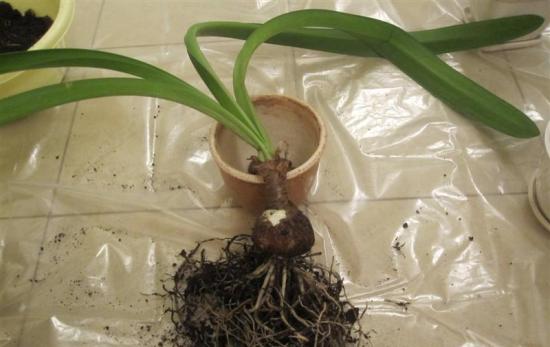
But if you carry out this procedure, it is important to follow this scheme:
- A healthy, adult onion is selected for division;
- the onion is cut into two equal parts, while preserving the root part and scales (if the head is large, then it can be divided into 16 slices, approximately 2 centimeters wide);
- the cut is sprinkled with coal;
- the halves are planted in a substrate with peat;
- after 2 months, the sprouts are transplanted into pots.
Before you start propagating and replanting a flower, you should familiarize yourself with the principle of operation and strictly follow the instructions.
Why Hippeastrum does not bloom, possible reasons
If exotic the plant stops producing buds and bloom, this can be caused by several reasons:
- Immaturity of the hippeastrum. If the head (bulb) is no more than 6 centimeters, such a plant is considered young. To speed up growth, it is important to regularly fertilize with nitrogen and potassium. Peduncles form on the stem four years after the flower is planted.
- Lack of strength after the last flowering. Inflorescences take a lot of energy from the plant, and often to restore the root system it is important to carry out special care and increase the diet. In addition to nitrogen, phosphorus is added to the soil. You can place the pot in the sun for a short time and skip the rest period.
- Bad soil. Hippeastrums need annual replanting, as the soil loses beneficial microelements necessary for the growth and health of the plant.
- Lack of light. Although the flower does not like direct sunlight, it should not be completely protected from light. Darkness and dimness indoors can lead to a lack of flowering.
- Wrong choice of pot. In a large pot, the roots actively grow, a lot of foliage grows on the stems, and all the energy goes into their growth. It is necessary that the distance between the head of the hippeastrum and the inner edge of the pot is no more than three centimeters.
- Planting the bulb too deep.
- Violation of the rest period.
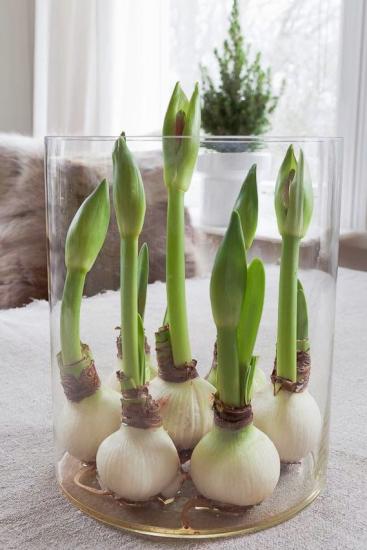
Having accurately established the reason for the lack of flowering, you need to immediately eliminate the problem, wait until the recovery period passes and in a year or two the plant will bloom again.
Secrets of hippeastrum flowering - on video:
Features of care after flowering and during the dormant period
After flowering, hippeastrum needs special care to regain its strength. The leaves continue to grow actively, the bulb must be nourished, and in order for this process to proceed without deviations, it is worth creating favorable conditions for the plant.
It is contraindicated to cut the flower arrow to the very root. This will damage the head, causing the root to rot and the flower to die.
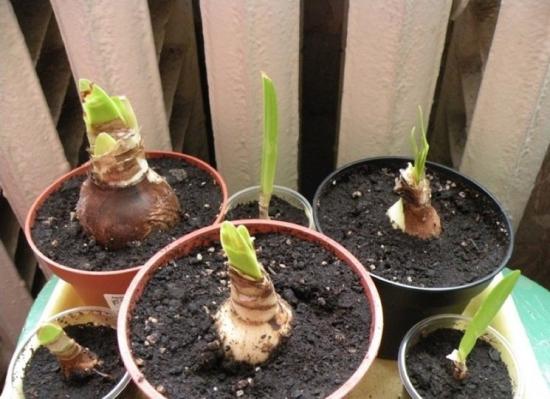
Trimming is done like this:
- First, you should get rid of faded flowers so that the plant does not continue to feed them;
- cut the arrow so that its height is ten to fifteen centimeters;
- the remaining stump should dry, then it is carefully removed from the pot with rotating movements;
- Three centimeters of soil are poured out of the pot to add fresh, fertilized soil (it is important that it is identical in composition to the previous soil).
Hippeastrum needs rest, for this they observe a rest regime.
During the flowering period, the bulb should rest. The rest period begins in mid-September. From the last days of July you should stop fertilizing the soil. From the tenth of September, watering stops. As soon as the leaves dry, the plant is left in a dark room, at a temperature of ten to fourteen degrees until January.
In February, the flower is awakened and transferred to a lighted and warm place. Watering and fertilizing are being restored. In a few months the plant will bloom again.
Diseases and pests
This crop often suffers from pest attacks and is susceptible to many plant diseases. The plant gets sick primarily when there is a strong flood of water, sudden changes in temperature and excessive feeding (you should be especially careful with nitrogen fertilizers).
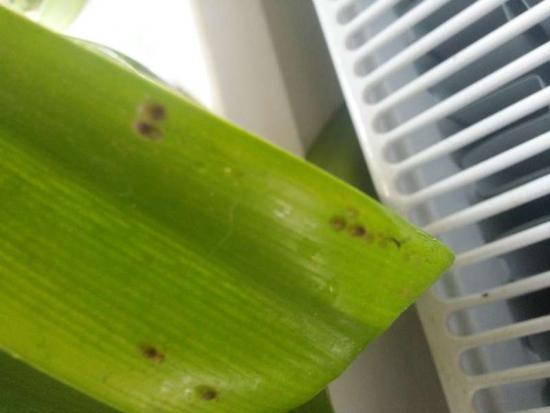
The most common disease is gray mold. Cracks and spots form on the peduncle. For treatment, it is necessary to treat the plant with fungicides.
Red burn or stragonospora. The disease can be determined by the presence of red specks or stains on the bulb and leaves of the hippeastrum. The disease is dangerous and requires quick intervention, otherwise the flower will die.
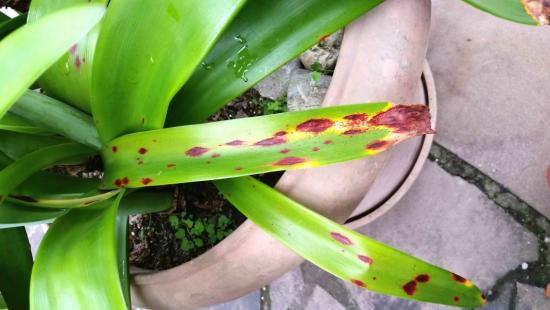
You should get rid of the affected areas, cut off the infected roots and leaves. Treat the remaining parts with substances containing copper; do not wash off the product. You can use Fitosorin or Fundazol.
When working with the plant, you need to wear rubber gloves to prevent the substances from getting on your skin. The procedure lasts from seven to thirty minutes, depending on the extent of the lesion.
Thrips and aphids. Characteristic signs are yellowing of the leaves and pallor of the flower itself. To get rid of these insects, insecticides are used: Artelik, Vertimek and Fitovern.
Spider mite. The defeat can be noticed by yellowing or redness of the foliage. The pest can only be killed with acaricides.
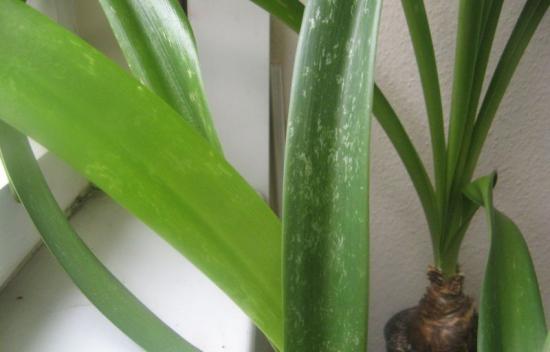
Narcissus fly larva. The insect cuts holes in the bulb, which eventually rots and dies. The head of the flower should be doused with hot water, the base of the stem and scales should be treated with carbophosphate solution.
So, hippeastrum is ideal for lovers of indoor plants.In order for a flower to delight you with annual flowering, you should provide proper care: replant it annually, fertilize and water the soil in a timely manner, put the flower in a cool room during dormancy, and get rid of pests.

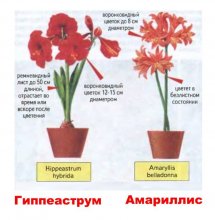
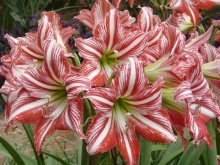


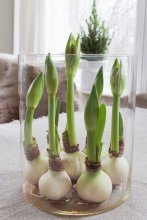
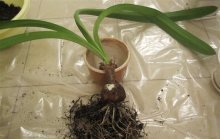
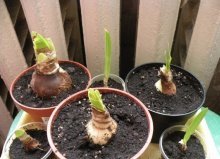

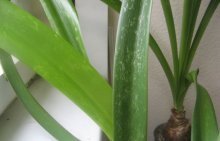
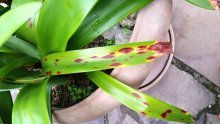

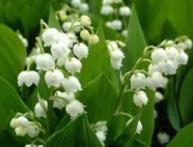
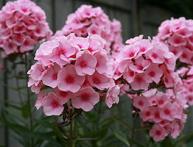

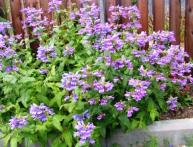
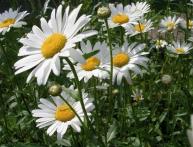
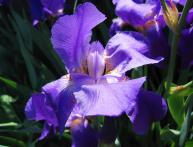
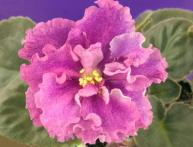
Comments
Yes! Royal flower! I ordered 3 types of varietal hippeastrum bulbs and for two years they delighted me with their flowering. This is truly a real miracle - out of nothing an arrow and magnificent flowers! But in the third year they didn’t wake up, or rather the bulb was gone – it was completely dry. Apparently they have their own lifespan...
Many plants actually don’t like bright direct light, not just this flower. Because of this, it is difficult to choose a place for flowers at home; you are faced with the problem of either being dark or too hot and light.
I buy drainage ready-made at the store, there’s no need to fuss with it. I'm also buying land. Well, why not buy a new pot? However, flowers are still capricious in terms of environment and watering.
Quite a whimsical plant. I had a small onion, about three centimeters. When planted, it produced long leaves. While I had it, it didn’t increase in volume, so I gave it away. How long does it take for the bulb to grow and begin to bloom!